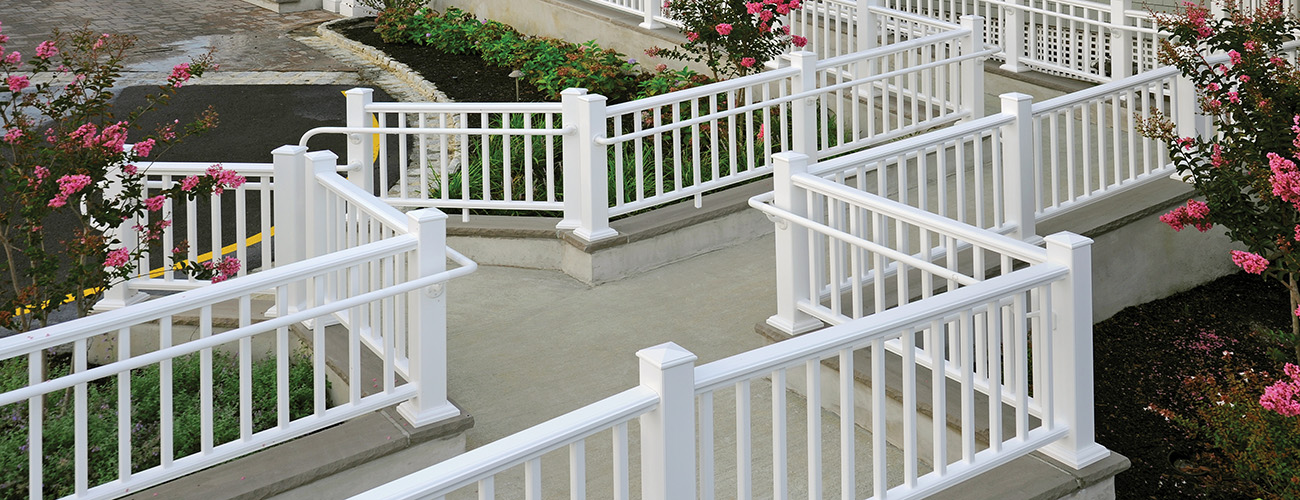Walker handrails (additionally alluded to as wellbeing railings) are a pervasive structural component ordinarily seen on flights of stairs, raised stages, walkways, and other passerby access ways. Appropriate position and establishment of handrails increment wellbeing and openness in numerous indoor and outside offices.
Wellbeing Regulations
In the United States, the OSHA and the International Code Council (creators of the International Building Code, or IBC) are the focal administrative bodies covering principles and rules connected with handrails.
Contingent upon where you plan to introduce the handrails, other building regulations and guidelines might apply, like the Americans with Disabilities Act.OSHA, IBC, and ADA principles are rigid.
They characterize were to introduce handrails, what establishes legitimate establishment, appropriate aspects, and more.
For example, OSHA infringements are exorbitant and range from heavy fines (going somewhere in the range of $10,000 and $130,000) to controllers requesting the closure of your business activities.
Albeit the OSHA doesn’t have the legitimate power to shut worksites down, they can give references for wellbeing infringement and solicitation court requests to stop tasks, particularly assuming the auditors accept there is a fast-approaching danger.
Why ADA Stair Handrail Guidelines Are Not quite so Bad as You Think
By definition, ADA stair handrails are set up to give direction. They are needed on steps with at least two risers and ADA inclines with an ascent more noteworthy than 6 inches.
Handrails are needed on the two sides of the steps and slopes. They are put between 34 inches and 38 crawls over the main edge of a steep track, the inclined surface, or the strolling surface. Where youngsters are the essential clients of an office, the ADA suggests a second handrail for kids. This handrail would have the greatest stature of 28 creeps with a base of 9 crawls of leeway between the youngster’s rail and the grown-up handrail.
1. Grasp ability:
The handrail should be between 1-¼ inch to 2-inch breadth. Shapes, other than round, are allowable assuming they meet the ADA’s meaning of Equivalent grasp ability.
Grasp ability Equivalent grasp ability is characterized as a handrail with an edge aspect between 4-inches and 6-1/4 inches. The greatest cross-area should be under 2-1/4 inches.
Know that the cross-segment restriction alludes to the most extensive point in the handrail. A 2-1/4-inch cross-segment will just give you around a 1-1/2-inch square.
2. Section Clearance
The leeway between the divider and handrail is 1-1/2-inch at least. This 1-1/2-inch leeway likewise applies to the underside of the handrail and the level section arm.
The upward leeway has some adaptability. In light of the size of the handrail, a decrease can be applied. It could be declined by 1/8 – inch for each ½ inch of an edge over 4″.
3. Extensions
Handrail needs to reach out on steps and inclines.
Railing Extensions – ADA Stair Handrail
Incline Extensions: handrails broaden evenly over the arrival for 12 inches least past the top and lower part of the slope runs.
Steps, Top Extension: handrails expand on a level plane over the arrival for 12 inches least starting straight above first riser nosing.
The Takeaway Although
OSHA and ADA guidelines are the law cross country; you may likewise need to conform to extra nearby or state-level guidelines, which can be stricter than from one side of the country to the other or worldwide principles. Legitimate plan, establishment, and support of your handrails and get bars to involve agreeing with the law and saving lives.
